5 Ways to Build Brand Authority with Content Marketing
Brand authority can make or break your business. It is as simple as that.
Small companies who are strapped for time often make the mistake of rushing content which can harm the value your customers receive from your company.
At Infoserve, we know just how valuable time is to SMEs, which is why we recommend investing it in these strategies that are guaranteed to build solid, effective brand authority that resonates with your audience.
What is brand authority?
Brand authority is intangible. It’s the way your customers feel about your company. It’s their trust. It’s the extent to which they view you as an expert within your industry.
In 2022, Heinz released an advert that demonstrates this perfectly.
They said:
‘We asked people to draw ketchup, they drew Heinz’.
This is brand authority on an awe-inspiring scale.
But, you don’t need to achieve this height to create brand authority, and content is a great place to start.
How to build brand authority using content
1/ Create in-depth long-form content
Long-form content refers to content that describes a specialist subject in depth. This could be white papers, e-books, downloadable guides or even long blogs.
It’s a fantastic way of demonstrating expertise and utilising your knowledge to prove your authority within your industry.
Step outside of your marketing team and use your in-house experts. Find out what they know, or ask them to create content that you proof read. You could also use the opportunity to create a podcast, webinar or video interview. This is because people trust people, so seeing the faces of your brand will build confidence in your words.
To find out how to create long-form content that works, take a look at our guide:
Why Long Form Content Matters Today.
2/ Answer your audience’s questions
Connect with your audience by answering their queries and concerns in an easy to find format.
One way to do this is to create FAQ sections on your product/service pages using commonly searched for terms. You can find these by:
- Using keyword research tools
- Browing the ‘people also ask’ sections on Google
- Checking the comments/inbox on your social media
- Searching for your product/service/industry on message boards like Quora
- Paying attention to customer concerns in reviews and question bots
Another great example of how companies incorporate customer concerns onto their website is by including size charts.
3/ Use proof of value examples
People trust people.
We’ve mentioned it already, but it is vital to remember when generating plans for digital content. If people can’t physically hold a product in their hands or see the result in person then they’re less likely to trust its quality.
Unless it is backed up by positive reviews from real people.
Build brand authority by including the following things in your content strategy:
- Customer reviews
- Case studies
- Before and after photos
- Awards that your company has won
- Other valued companies that use your product
4/ Conduct your own studies
When you’re tight for time it can be tempting to pinch statistics from other people’s studies, give them credit and move on.
However, when you invest your time in conducting original research that is unique and valuable to prospective customers, you demonstrate your authority. This can even provide you with ground-breaking insight that is highly shareable within your community.
Time is a far more valuable asset than money, so use it wisely.
5/ Create collaborative content
It is also possible to ‘borrow’ another brand’s authority by collaborating. This could be via social media, writing guest blogs for their website or even leaving each other reviews on Google and Trustpilot.
This is the ultimate sign of respect between brands, and when companies support each other, customers do too.
Look for brands that operate within a similar industry, but aren’t direct competitors.
For example, if you are a bespoke interior design business, you could try collaborating with respected material suppliers, sustainable home accessory brands or even a company that sells indoor plants or office stationery.
Many analytics software now provides tools that recommend brands for backlinks and collaborations to make this step easier.
If you’re still struggling to build brand authority, then
Infoserve
can help. Our content experts create bespoke web and blog content that helps you get found online and our
web design experts are on hand to help you design and build a unique, functional and responsive website.













